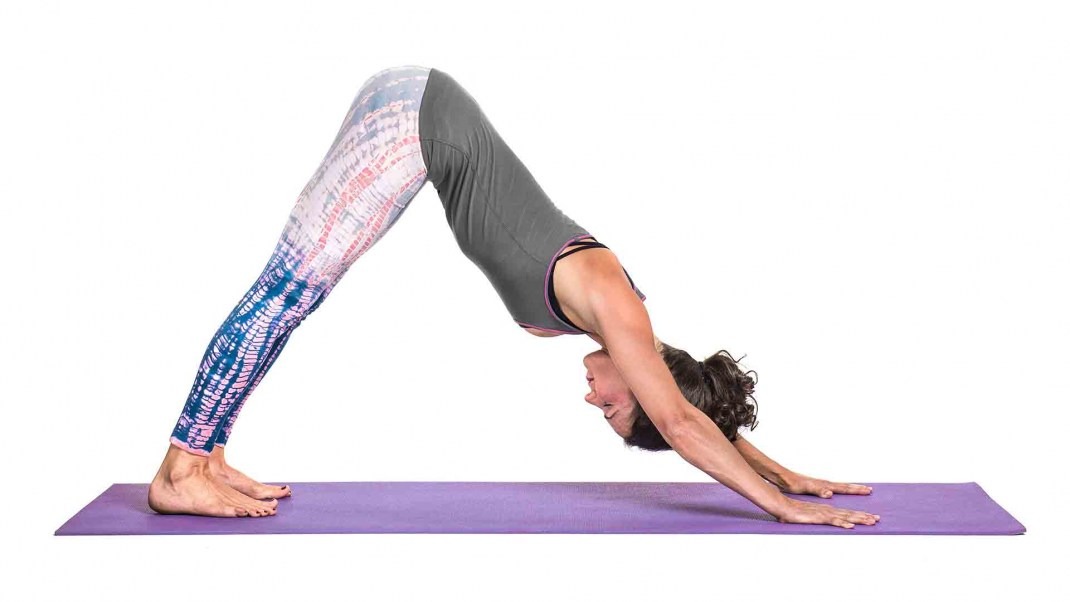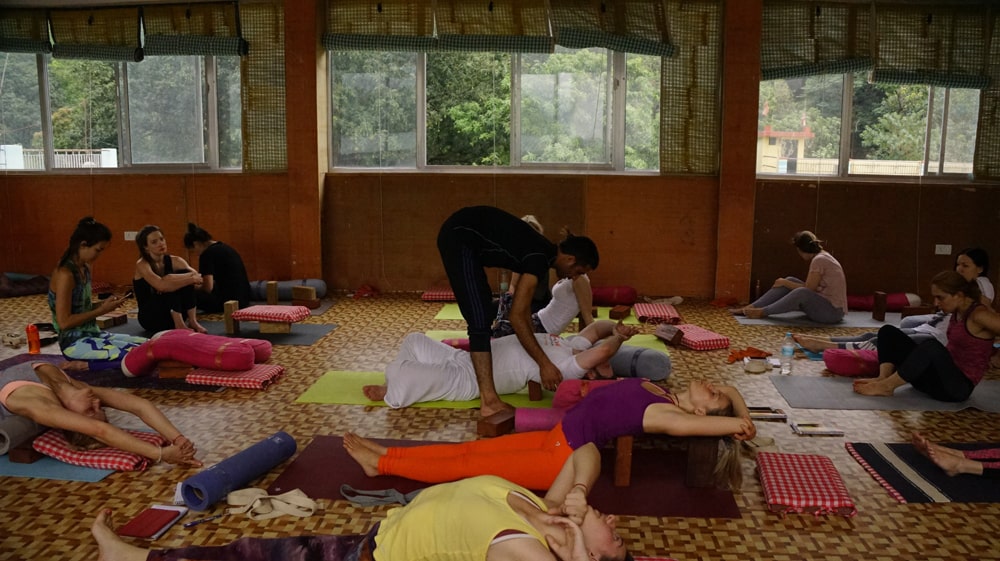
by admin | Mar 25, 2019 | Blog
Yoga for degenerative disc disease: An estimated 80 percent of the population will suffer from back pain at one point in their lives but Yoga can magnificently help you to don’t stay in this border line. There are many different conservative and alternative...

by admin | Dec 10, 2018 | Meditation, Yoga Tips
A Yoga Teacher is a learner as well, an educator who is always striving for more knowledge and gaining new skills to bring improvements in his curriculum and impart better lessons. He goes beyond the conventional ways to add versatility to his existing format and...




